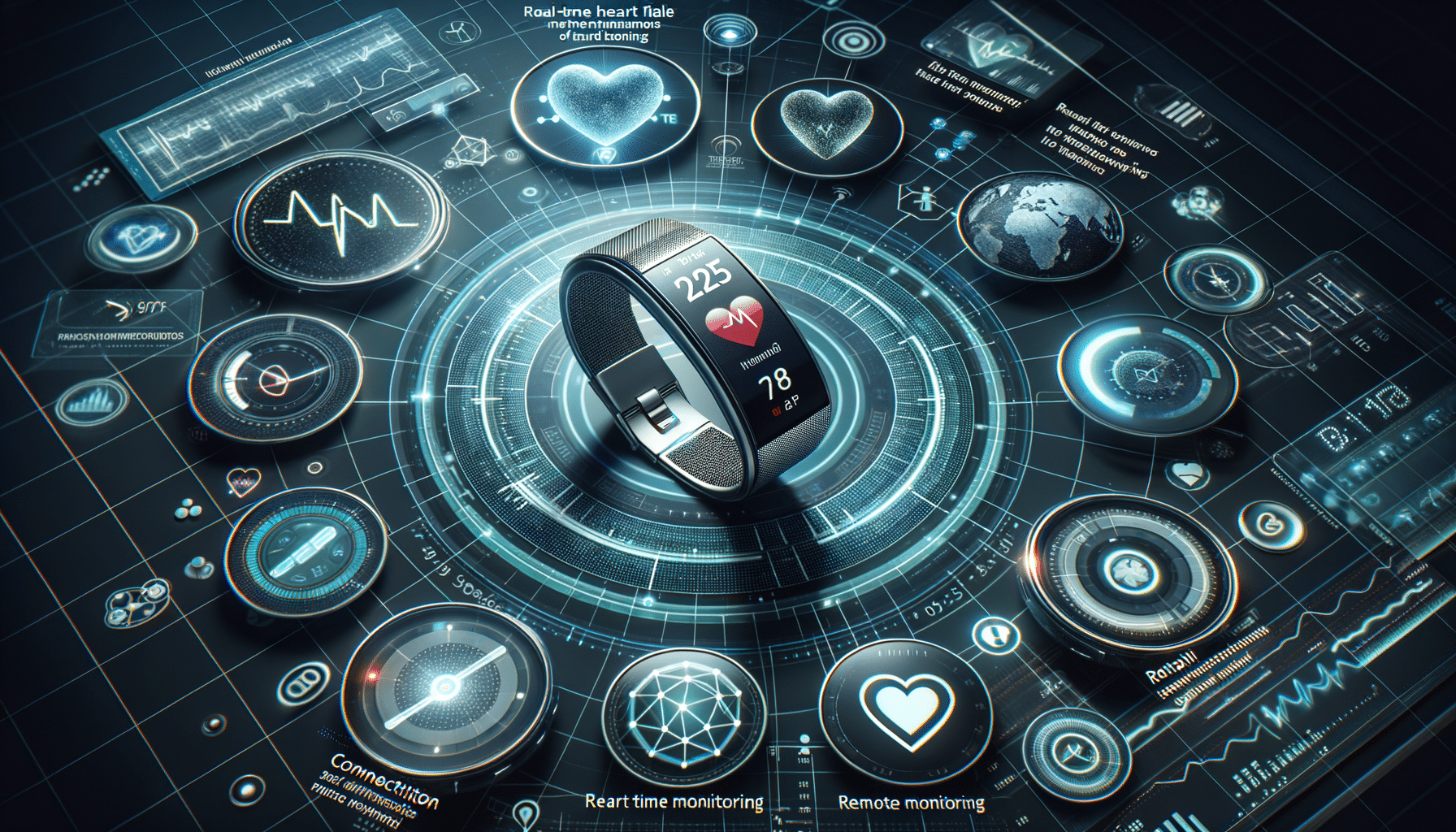
Smart Wearables Are Transforming Real-Time Heart Monitoring in 2025
Introduction to Real-Time Heart Failure Monitoring
In the realm of healthcare, technology continues to bridge gaps that once seemed insurmountable. Real-time heart failure monitoring represents a significant advancement in managing cardiovascular health. With heart disease being a leading cause of mortality globally, the ability to monitor heart conditions in real time can save countless lives. These devices, often incorporated into smart wearables, provide continuous data on heart rhythms and other vital signs, allowing for immediate intervention if irregularities are detected.
The shift from traditional, sporadic check-ups to continuous monitoring is revolutionary. It empowers patients with chronic heart conditions to manage their health proactively. These devices alert users to potential issues, enabling them to seek medical advice before a minor irregularity escalates into a critical event. The integration of artificial intelligence in these wearables further enhances their efficacy, as they can learn and adapt to the user’s normal heart patterns, providing personalized health insights.
Moreover, real-time monitoring devices are not only beneficial for patients but also for healthcare providers. The data collected can be shared with medical professionals, allowing them to make informed decisions and tailor treatment plans. This collaborative approach to healthcare ensures that patients receive the most appropriate care, potentially reducing hospital admissions and improving overall outcomes.
The Role of Remote ECG Monitoring in Modern Healthcare
Remote ECG monitoring is another pivotal component in the landscape of cardiovascular care. Electrocardiograms (ECGs) are crucial for diagnosing various heart conditions, and the ability to conduct them remotely has transformed patient care. Remote ECG monitoring enables patients to conduct tests from the comfort of their homes, reducing the need for frequent hospital visits.
This technology is particularly beneficial for individuals living in remote areas with limited access to healthcare facilities. By using portable ECG devices, patients can record their heart activity and transmit the data to their healthcare providers for analysis. This not only saves time and resources but also ensures that patients receive timely medical attention when needed.
Remote ECG monitoring devices are equipped with advanced features that enhance their functionality. For instance, some devices offer real-time data transmission, allowing for immediate analysis by healthcare professionals. Others come with user-friendly interfaces and mobile applications that guide patients through the process, ensuring accurate results. The convenience and accessibility of these devices make them a valuable tool in managing heart health, particularly for those with chronic conditions.
Future Prospects and Challenges in Heart Monitoring Technologies
As we look towards the future, the prospects of heart monitoring technologies are promising. With continuous advancements in technology, we can expect even more sophisticated devices that offer enhanced accuracy and functionality. The integration of machine learning and artificial intelligence will likely play a significant role in this evolution, providing users with more personalized and predictive health insights.
However, the rapid development of these technologies also presents challenges that need to be addressed. Privacy and data security are paramount concerns, as these devices collect sensitive health information. Ensuring that this data is protected and used ethically is crucial for maintaining user trust and compliance with health regulations.
Additionally, there is a need for standardization in the industry to ensure that all devices meet certain quality and performance criteria. This will not only enhance the reliability of the devices but also foster consumer confidence. As these technologies become more mainstream, collaboration between tech companies, healthcare providers, and regulatory bodies will be essential to navigate these challenges and maximize the benefits of real-time heart monitoring.


